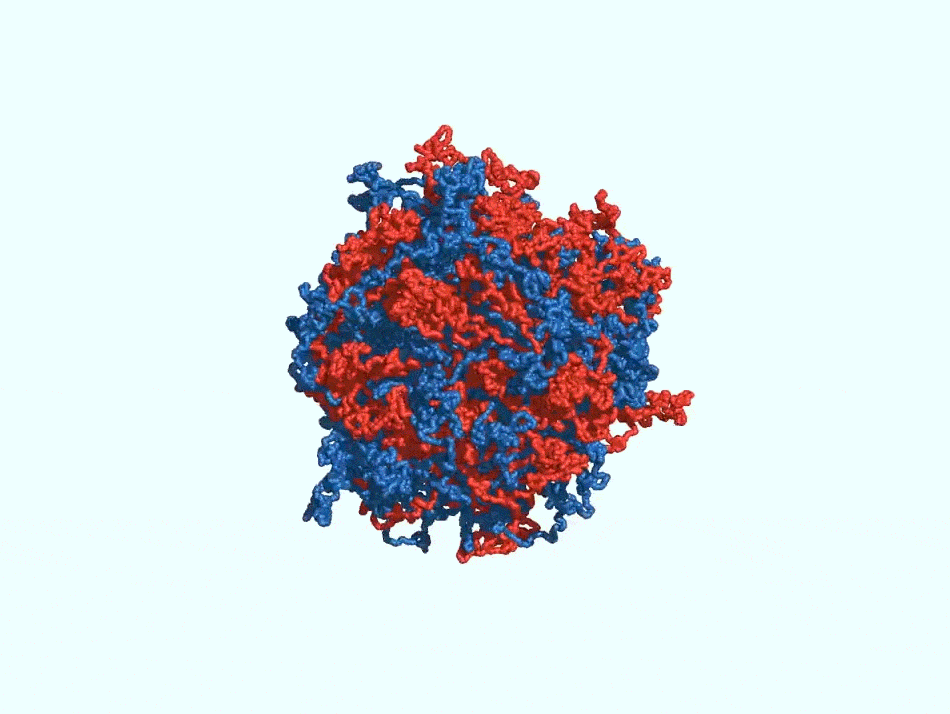
Greetings–
Guaranteed: Nothing on this list is an April Fool’s joke.
Endangered animals get a lot of medical attention in captivity–but are they getting too much attention for their own good? For my column this week in the New York Times, I write about some scientists who think that parasites are important to the long-term survival of species. Continue reading “Friday’s Elk, April 1, 2016”
